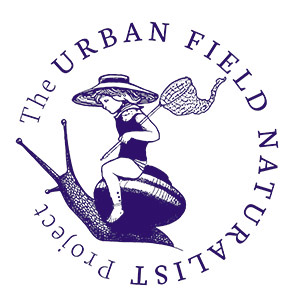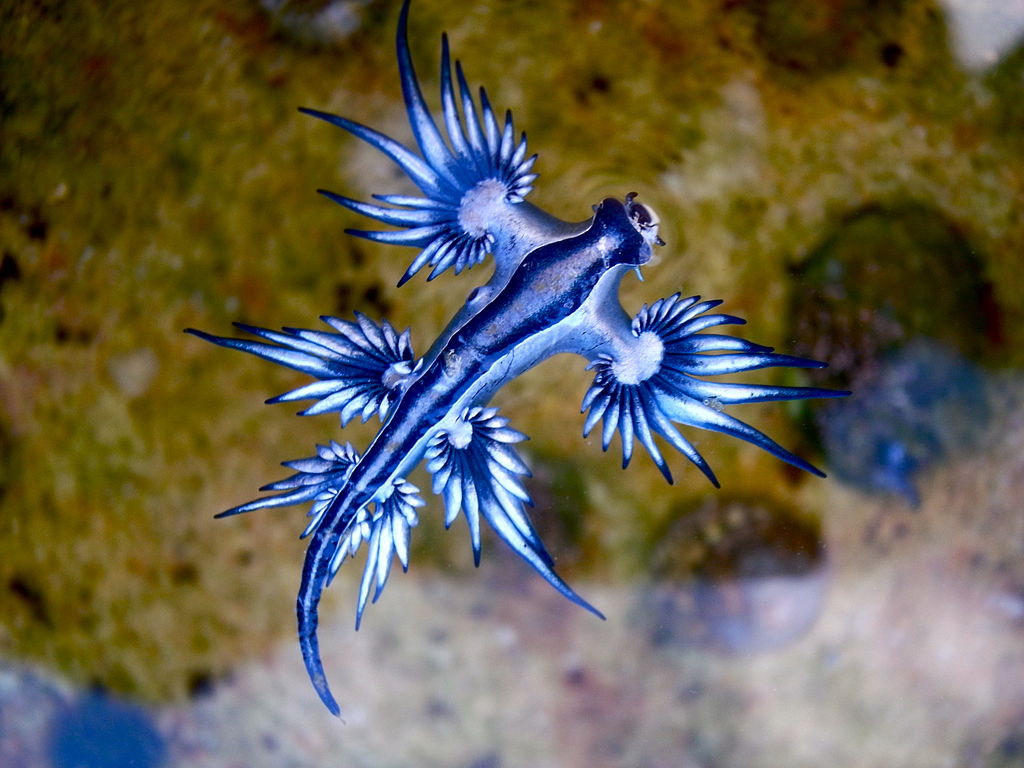
Dragons of the Sea
Grace Vonwiller

On one of our first few days upon arrival in Palm Beach, we witnessed a creature that looked like it was pulled right out of a fairy tale.
The Blue Glaucus, also commonly known as the blue angel, sea swallow or blue dragon, is a species of sea slug that can be found distributed across regions such as the Atlantic, Pacific and Indian Oceans. They are one of the 3,000 documented species of nudibranch that dwell within the ocean’s open waters. Nudibranchs are a species of marine gastropods, related to land-dwelling snails and slugs. The word ‘Nudibranch’ originates from the Ancient Greek word bránkhia, meaning ‘gills’, and the Latin nudus, meaning ‘naked’. They are well known for their remarkable variety of appearances and striking colors, which are derived from their diets.

The Blue Glaucus’ main source of prey is the Portugese man o’ war. As it turns out, the Blue Glaucus, as well as many other species of sea slug, don't produce their own toxins, but rather attain them through consuming their prey. They store the toxins produced by the Portugese man o’ war’s formidable, venomous tentacles in the ends of their long fingers. Once stored, they concentrate the toxins, so that when threatened or agitated, release a sting far more potent and deadly than the Portugese man o’ war can alone.
The Blue Glaucus uses the air bubble stored in it’s stomach to remain afloat atop the surface of the water. They often drift on their backsides to display to airborne predators their brightly colored underbellies, while at the same time their bright blue backside camouflages with the ocean’s surface to conceal themselves from any predators lurking below. This phenomenon is known as countershading, assisting the nudibranch to avoid creatures from both above and below, whilst floating in open waters.
Hopefully, this was not our last encounter with these rare, entrancing creatures.

Author Bio: My name is Grace. I am starting high school in January. My current aspiration is to be a marine biologist because I love the ocean and marine animals.